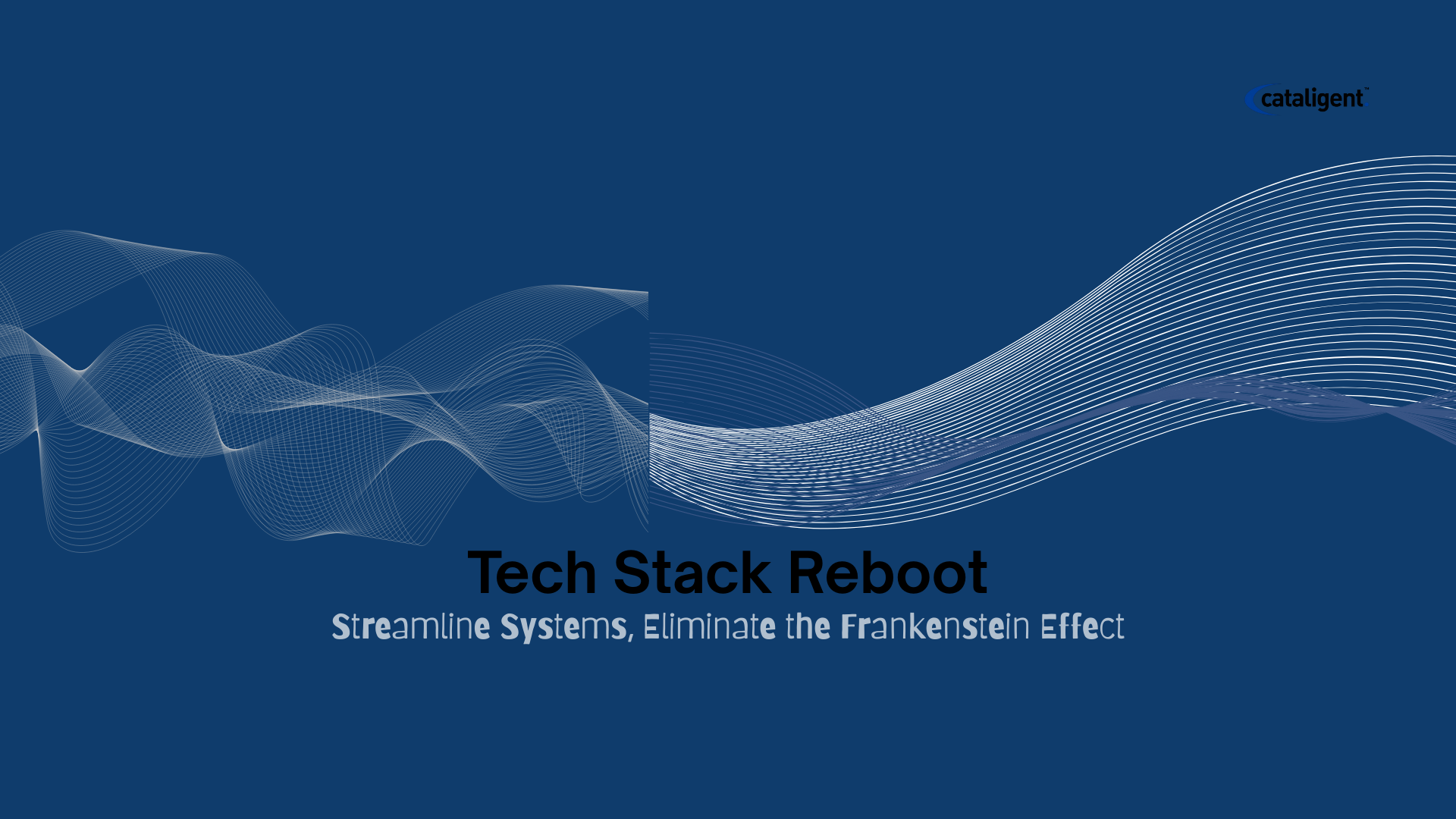In many businesses, the tech stack grows like an untended garden. One team buys a project management tool, another signs up for a CRM, someone else installs a time tracker, and before long, you’ve got a patchwork of disconnected systems. This “Frankenstein” stack might work in the short term, but as the business scales, it creates inefficiency, data silos, and operational drag.
Rebooting your tech stack is not about replacing every tool with something new — it’s about building a strategic, integrated ecosystem where technology works together to amplify productivity, decision-making, and innovation.
Why Scattered Tools Hurt More Than They Help
1. Broken Data Flows
When tools don’t speak the same language, data stays locked inside separate systems. Sales insights never reach marketing, operations lacks visibility into customer issues, and leadership makes decisions based on partial truths.
2. Redundant Effort
Teams waste hours duplicating work — updating multiple systems with the same information, manually reconciling spreadsheets, or re-entering customer details.
3. Slow Decision-Making
Without a single source of truth, leadership spends more time hunting for accurate data than acting on it. In fast-moving markets, this delay can mean missed opportunities.
4. Increased Costs
Multiple overlapping tools mean paying for features you don’t use, higher training costs, and more complex vendor management.
5. Poor User Adoption
When employees must juggle too many disconnected tools, they default to whatever’s easiest, leading to inconsistent processes and shadow IT.
What a Strategic, Integrated Tech Ecosystem Looks Like
Centralized Data Hub — All systems feed into a shared repository, ensuring every team works from the same accurate, real-time information.
Modular, Scalable Architecture — Tools are selected for how well they integrate with others, and can be swapped or scaled without disrupting the whole system.
Unified User Experience — Employees access most functions through a single interface or interconnected dashboard, reducing training time and friction.
Automated Workflows — Data moves automatically between systems, triggering actions, notifications, or reports without manual input.
Built-In Analytics — Integrated reporting provides cross-department insights, enabling faster, more informed decisions.
How to Reboot Your Tech Stack Without Disruption
Step 1: Audit and Assess
Map every tool currently in use — official and unofficial. Identify its purpose, usage level, integration capabilities, and cost. Look for overlaps, gaps, and bottlenecks.
Step 2: Define the Core Requirements
Clarify what the business truly needs from its tech ecosystem: which workflows must be supported, what integrations are critical, and how success will be measured.
Step 3: Prioritize Interoperability
Choose tools and platforms that connect easily via APIs or built-in integrations. This ensures new tools fit seamlessly into your ecosystem.
Step 4: Consolidate Where Possible
Select platforms that can replace multiple tools without sacrificing functionality. For example, one project management system with integrated time tracking and reporting can replace three separate tools.
Step 5: Implement in Phases
Avoid a disruptive “big bang” changeover. Roll out integrations and replacements in manageable waves, allowing teams to adapt gradually.
Step 6: Train for Adoption
Provide hands-on training and clear documentation. Adoption is about culture as much as technology.
Step 7: Monitor and Iterate
Set up metrics to track system usage, integration performance, and business impact. Refine the stack as needs evolve.
Avoiding Common Pitfalls
- Over-Integration — Connecting every tool to every other tool can create noise instead of clarity. Integrate with purpose.
- Ignoring User Feedback — If the tools frustrate the people using them, adoption will fail.
- Focusing Only on Cost — Cheaper is not better if it slows teams down or limits scalability.
- Not Planning for Growth — Choose solutions that can handle future scale without costly rebuilds.
The Long-Term Payoff of a Unified Tech Stack
An integrated tech ecosystem delivers more than operational efficiency:
- Faster strategic decisions through unified, real-time reporting.
- Greater agility in adopting new processes or entering new markets.
- Stronger customer experiences as data flows seamlessly between service, sales, and marketing.
- Lower long-term costs through reduced redundancy and simplified vendor management.
Over time, your tech stack becomes a competitive advantage rather than a drag — a foundation for innovation rather than a patchwork of problems.
How Cataligent Can Help
Cataligent’s CAT4 platform is designed for building the kind of integrated tech ecosystem that avoids the Frankenstein effect.
- Internal Organization Module: Unifies workflows, resource allocation, and progress tracking in a single, connected environment.
- Multi-Project Management Module: Coordinates cross-department projects with real-time dashboards and status updates, ensuring every team sees the same information.
- IT Service Management Module: Streamlines system changes, incident resolution, and service requests to keep the tech stack running smoothly.
By consolidating core functions and enabling seamless integrations, CAT4 gives businesses a strategic technology foundation. This means fewer silos, faster decisions, and a stack that grows in sync with your ambitions — not against them.

